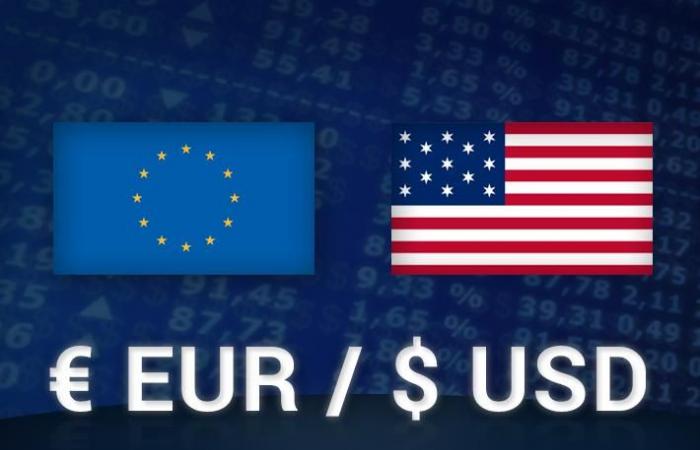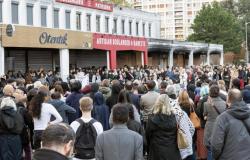Around 1:45 p.m., the greenback fell by 0.65% against the single currency, to 1.0906 dollars per euro
The dollar and American borrowing rates are down sharply on the markets on Monday, while the stock markets are treading water, before the presidential election in the United States and the meeting of the American central bank.
“The race for the White House remains exceptionally close,” comments Claudia Panseri, head of investments at UBS WM France, while no poll manages to decide between the two candidates for the White House, Kamala Harris and Donald Trump. “The worst possible scenario for the markets would be a result that is too close and contested” by one of the two candidates, according to Ipek Ozkardeskaya, analyst at Swissquote Bank.
“In the short term, a victory for Kamala Harris could provide some relief to Treasuries and international markets, while a victory for Donald Trump could have greater resonance – and not necessarily in a good way – for the euro and the European markets, due to the threat of customs duties,” explains the analyst. Donald Trump has promised customs duties of “more than 10%” on all imports, which would allow him to finance a large tax cut.
“The decline in probabilities over the weekend of a Donald Trump victory triggered a selling movement on the dollar” on Monday, comments Kelvin Wong, analyst at Oanda. The greenback fell 0.65% against the single currency, to 1.0906 dollars per euro around 12:45 GMT.
The yield on 10-year government bonds stood at 4.28%, compared to 4.38% at the close on Friday. Its two-year equivalent, the most sensitive to changes in monetary policy, stood at 4.16% compared to 4.21%.
Furthermore, the winner of the presidential election will probably not yet be known when the meeting of the Fed’s monetary committee begins on Wednesday morning. It may not be either when it ends at midday on Thursday, and the institution’s president, Jerome Powell, holds his press conference.
A cut of a quarter of a percentage point is widely expected, which would drop the Fed’s key rates to the range of 4.50-4.75%. A first rate cut was decided in September, for the first time since March 2020, by half a percentage point directly. Faced with these two major meetings, “the other events of the week will be insignificant,” concludes Jim Reid, economist at Deutsche Bank.






